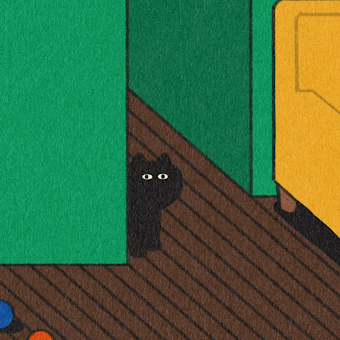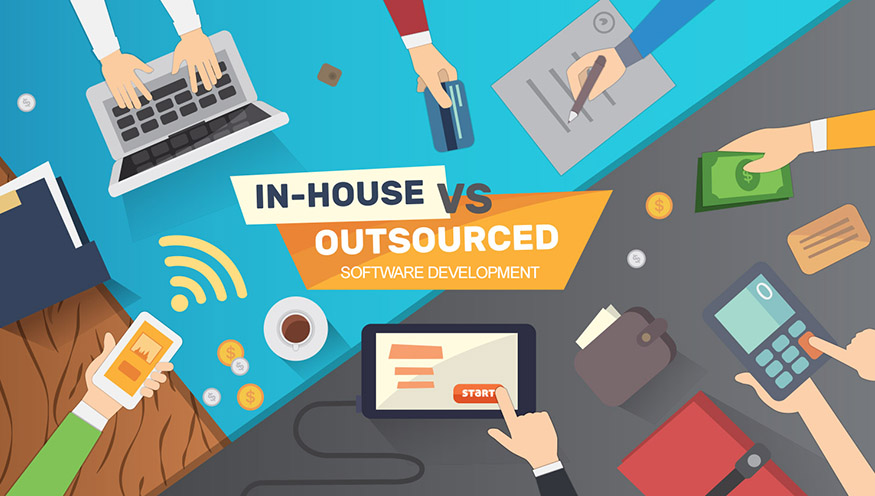The dark side of UX design: Dark Patterns


To many UX designers, the primary goal is to create user interfaces that are intuitive, easy to use, and visually pleasing. The designs should always prioritise usability, accessibility and user satisfaction above anything else. However, there is a growing concern about the use of dark patterns among many UX experts. The word “Dark patterns” (also known as “Deceptive patterns”) was first coined by UX expert Harry Brignull in 20101. They are defined as tricks used in websites or apps that make users do things that they don’t mean to, such as purchasing or signing up for a service.
I. Characteristics of Dark Patterns
Based on a study conducted by a group of researchers at Princeton University, a taxonomy of dark patterns characteristics was defined2, which contains the following dimensions:
- Asymmetric: The UI design focuses more on particular choices compared to others.
- Covert: The design tries to distract the user and steer them into making an unintended decision.
- Deceptive: The design can encourage false beliefs by using affirmative, misleading statements or omissions.
- Hides information: The user interface might obscure or delay the presentation of key information.
- Restrictive: The UI design can limit the number of choices presented to users.
Therefore, through exploiting users’ cognitive biases, dark patterns have been able to manipulate users into making unintended decisions that can be potentially harmful in the long term. Next, we will explore some of the most common dark patterns and their impact on users.
1 Sarah Morrison (2021) Dark patterns, the tricks websites use to make you say yes, explained. Available at: https://www.vox.com/recode/22351108/dark-patterns-ui-web-design-privacy.
2 Arunesh Mathur, Gunes Acar, Michael J. Friedman, Elena Lucherini, Jonathan Mayer, Marshini Chetty, and Arvind Narayanan (2019) Dark patterns at Scale: Findings from a Crawl of 11K Shopping Websites. Available at: https://webtransparency.cs.princeton.edu/dark-patterns/
II. Common dark patterns
1/ Sneak into Basket
This pattern usually appears on online shopping websites while users are committing to purchasing an item. However, at some points of the user journey, additional products would be added to the user’s shopping cart as default without their consent. Sometimes, users might miss these details and purchase the items accidentally if they are not careful. For instance, you can often see this while purchasing flight tickets. The website usually adds in a reservation fee for the seats or travel insurance.
2/ Roach Motel
This dark pattern’s name comes from an American brand of a bait device that catches cockroaches. Similar to a cockroach getting caught in a trap, users can subscribe or register for a service easily but they would find it hard to cancel the subscription or delete their accounts. An example of this is how Amazon users can’t find any information about deleting their account in their profile settings. Instead, they have to visit the Help section on the website, go through several categories until they find out that the only way to delete their account is to contact the customer service.
3/ Hidden Costs
In this case, this dark pattern hides the true cost of a product or service. Usually, it will reveal additional fees right before users are about to make a purchase. For example, Grab users have to bear hidden costs when they order a food delivery. Just before users confirm their order, the app immediately displays applicable fees, often including surcharges for peak hours and rainy weather. The other case is how cheap airlines will charge passengers with extra fees such as tax, security screening service charge, passenger service charge and administration surcharge. From an initially cheap price, the cost of a flight ticket then goes up significantly.
4/ Disguised Ads
Advertising can be seen everywhere in the digital world and many advertisements are now disguising themselves as interface elements, articles, or a form of content that users might be interested in. They intentionally blur the line between advertisements and actual content, making users more likely to view and click on. A typical example is how social media platforms such as Facebook and Instagram make use of how users scroll through their timelines. Disguised ads would be sneaked in as social posts, tricking users to read the content and click on the ads. As a result, these social media platforms have been able to generate a lot of revenue with brands and businesses benefiting from increasing sales. However, this means that users don’t have control over what kind of information they want to see.
5/ False Urgency
This dark pattern places users under time pressure to make them have less time to evaluate information critically before making a purchase. You can often see this on e-commerce websites and apps. During a flash sale, the product will show how many items are left in a limited time frame, effectively creating a false belief about the scarcity of resources in online shoppers. In a way, it also deceives users through social proof and the fear of missing out: “Since other people are buying this product, it must be good enough so I should buy it also.”
III. Impact of Dark Patterns
Dark patterns can have a significant impact on users. Users who feel like they have been tricked or manipulated will have less trust on brands and businesses. They may also be less likely to use these products or services in the future if they have a negative experience. In some cases, dark patterns can even lead to legal action or negative media attention, which damages the reputation of brands and businesses.
IV. Design ethically
Instead of just using unethical means to achieve business goals and meet success metrics, we as designers should focus on creating an enjoyable user experience for users while providing a safe environment with credibility. Designers as well as businesses should be aware of negative impacts from dark patterns and evaluate their design decisions critically. They should ask themselves the following questions to make sure the design is ethical:
- Does this design have the user’s best interest in mind?
- If I were the end user, would I feel that I’m being treated honestly?
- Could this design pattern damage the company brand’s reputation?
- Is this design unlawful?
- Or can it cause ethical controversies?
Therefore, a transparent user experience should be strongly advocated, giving users the power to make their own decisions. Balancing business goals with great user experience can be difficult, but dark patterns should never be the answer.
V. Conclusion
While using dark patterns may seem like the most convenient solution to fulfil short-term goals, it ultimately affects the user experience negatively and undermines trust of users for the products and brands. Thus, it's important to stay away from dark patterns and instead focus on creating user-centred and transparent design.








